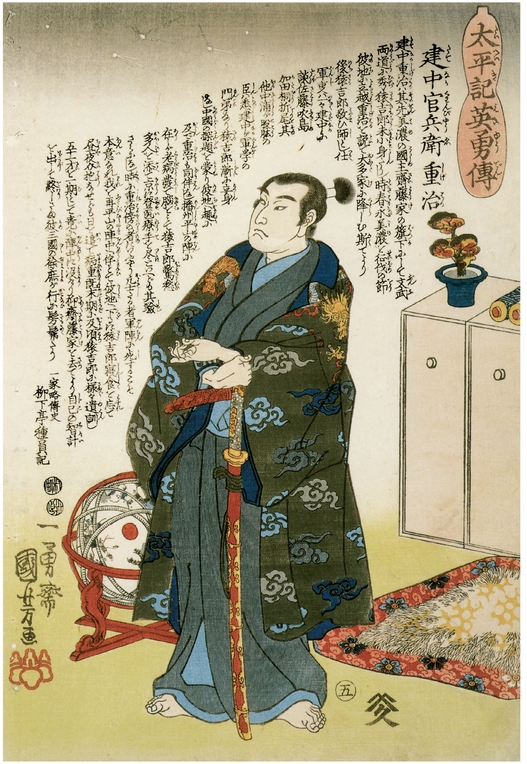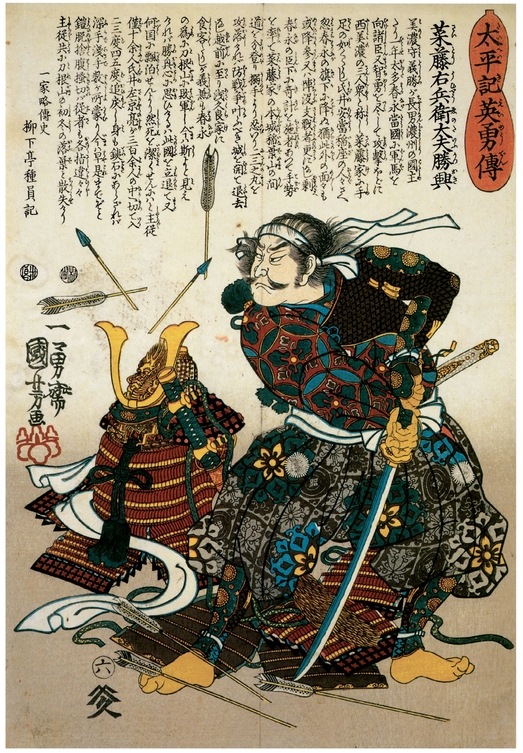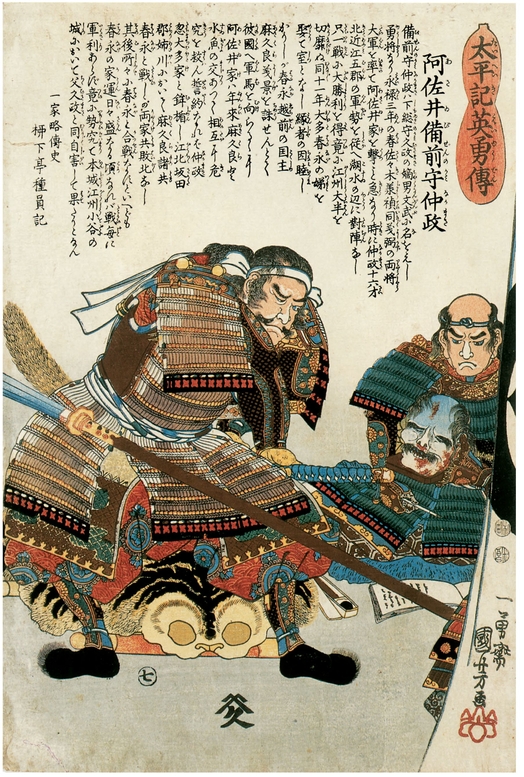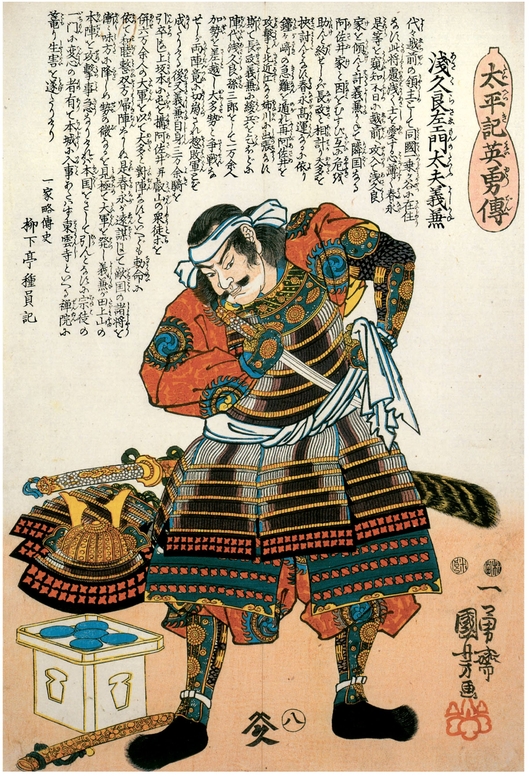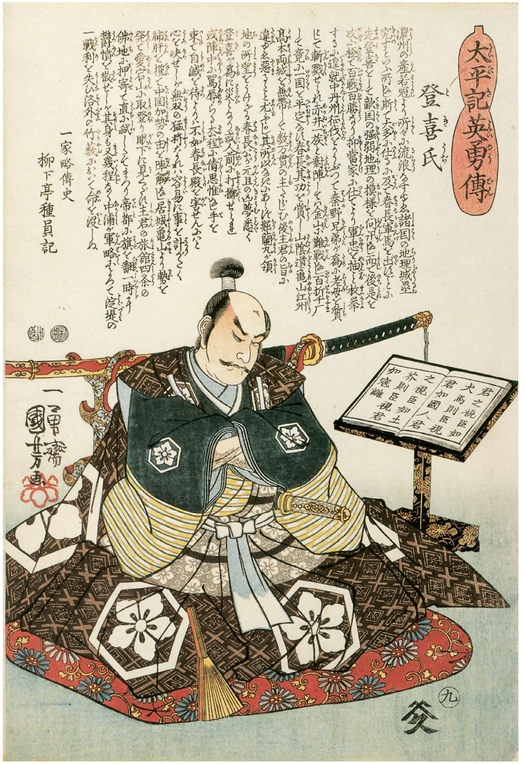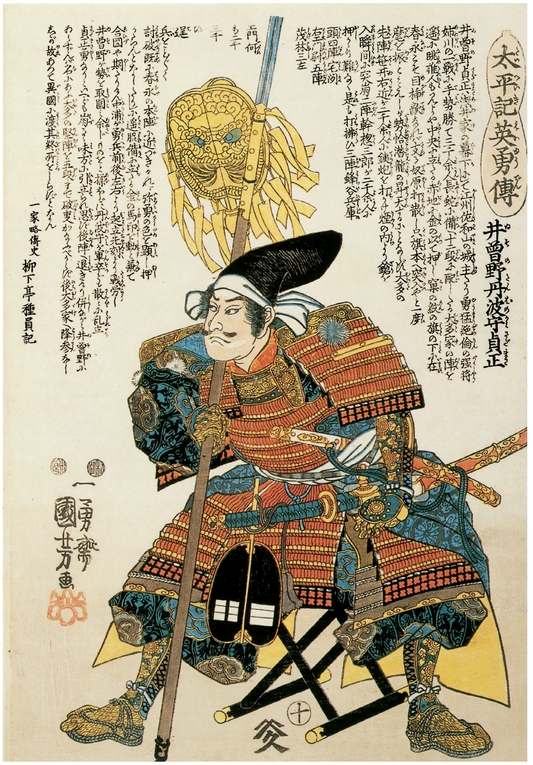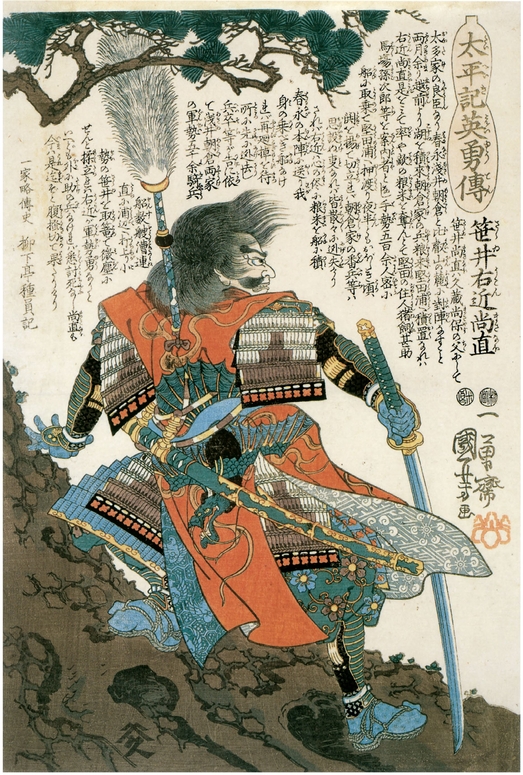Utagawa Kuniyoshi - 101 Great Samurai Prints
Here you can read online Utagawa Kuniyoshi - 101 Great Samurai Prints full text of the book (entire story) in english for free. Download pdf and epub, get meaning, cover and reviews about this ebook. year: 2012, publisher: Dover Publications, genre: Non-fiction. Description of the work, (preface) as well as reviews are available. Best literature library LitArk.com created for fans of good reading and offers a wide selection of genres:
Romance novel
Science fiction
Adventure
Detective
Science
History
Home and family
Prose
Art
Politics
Computer
Non-fiction
Religion
Business
Children
Humor
Choose a favorite category and find really read worthwhile books. Enjoy immersion in the world of imagination, feel the emotions of the characters or learn something new for yourself, make an fascinating discovery.
- Book:101 Great Samurai Prints
- Author:
- Publisher:Dover Publications
- Genre:
- Year:2012
- Rating:3 / 5
- Favourites:Add to favourites
- Your mark:
101 Great Samurai Prints: summary, description and annotation
We offer to read an annotation, description, summary or preface (depends on what the author of the book "101 Great Samurai Prints" wrote himself). If you haven't found the necessary information about the book — write in the comments, we will try to find it.
One of the last great names in the Japanese ukiyo-e style, Utagawa Kuniyoshi was an undisputed master of the warrior woodblock print. Born in Tokyo in 1797, his talent became evident by the tender age of 12, when he became an apprentice to a famous print master. Starting out with vivid illustrations of cultural iconsincluding Kabuki actors and Japanese heroeshe moved on to a unique treatment of warrior prints, incorporating elements of dreams, omens, and daring feats that characterized his distinctive style. These dramatic eighteenth-century illustrations represent the pinnacle of his craft. One hundred and one full-color portraits of legendary samurai pulse with movement, passion, and remarkably fine detail. A must for collectors of Japanese art and a perfect first work for those who want to start their own collection, it includes brief captions and a new introduction.
Utagawa Kuniyoshi: author's other books
Who wrote 101 Great Samurai Prints? Find out the surname, the name of the author of the book and a list of all author's works by series.



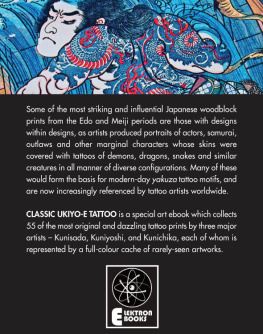
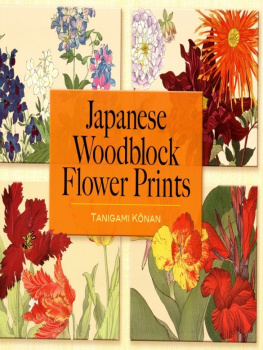

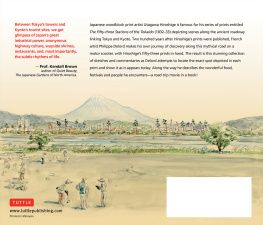
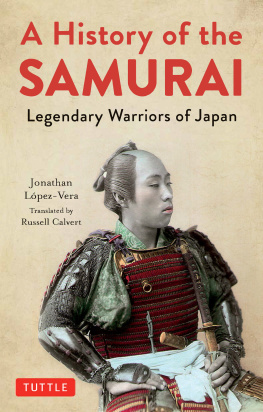
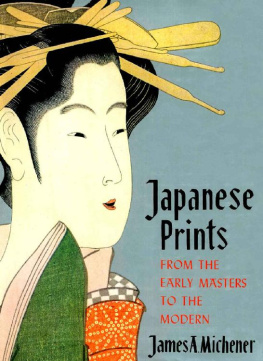
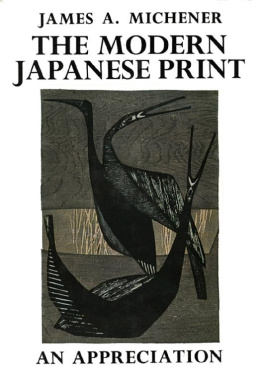
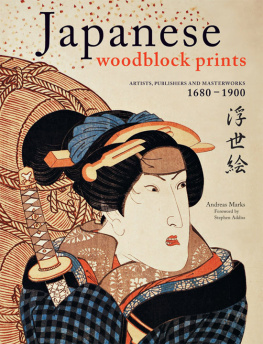
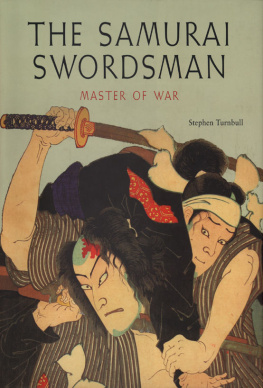
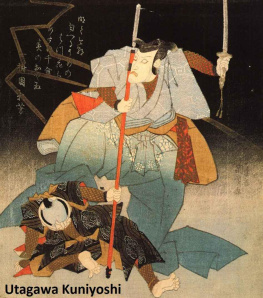
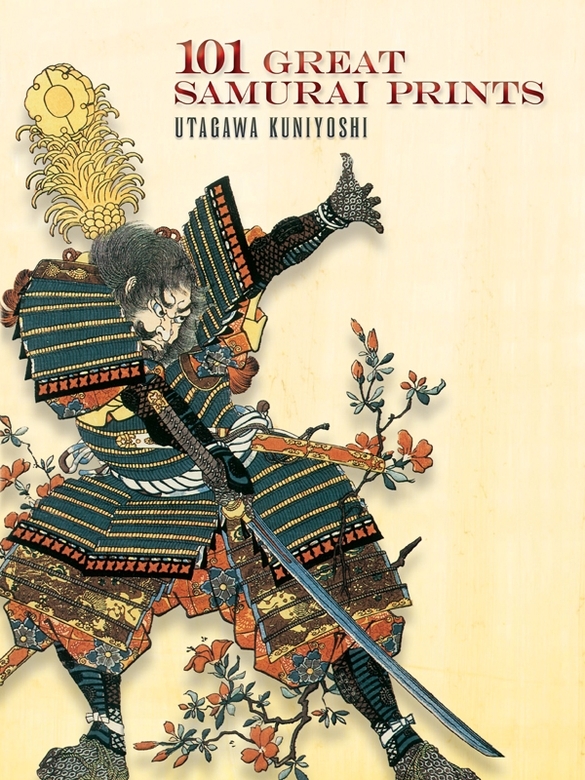
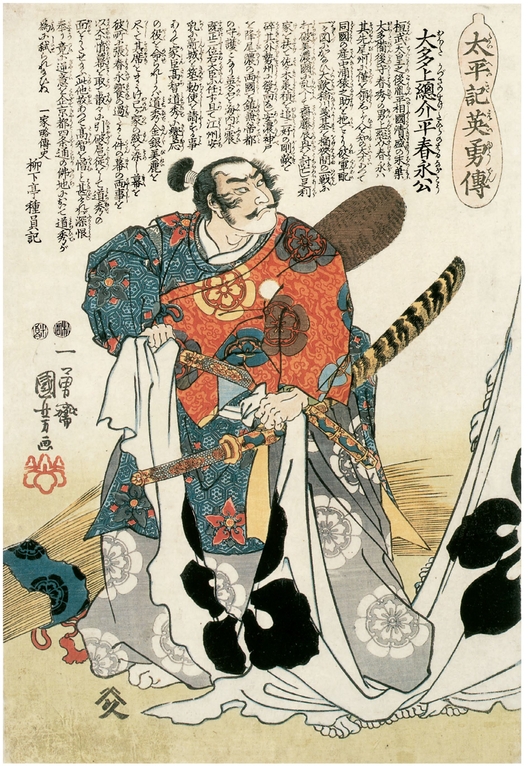
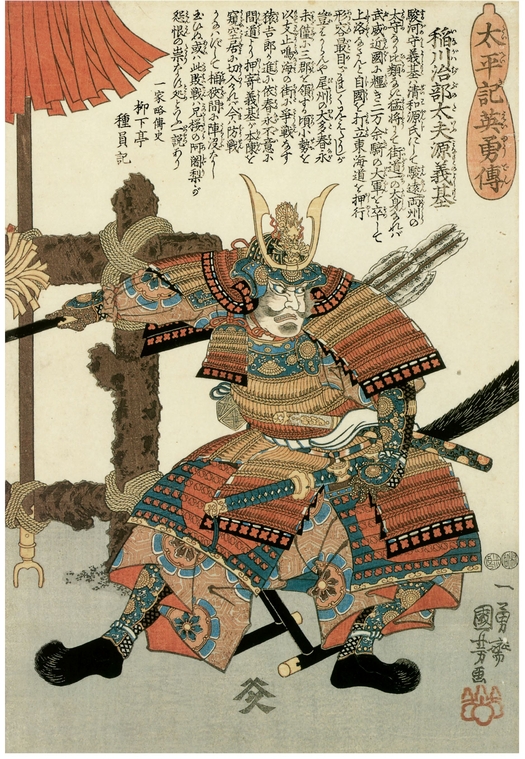


 Toshimasa ny
Toshimasa ny  d
d 